Species K. yamanpalliensis Phylum Chordata Rank Genus | Scientific name Kotasaurus Higher classification Sauropoda | |
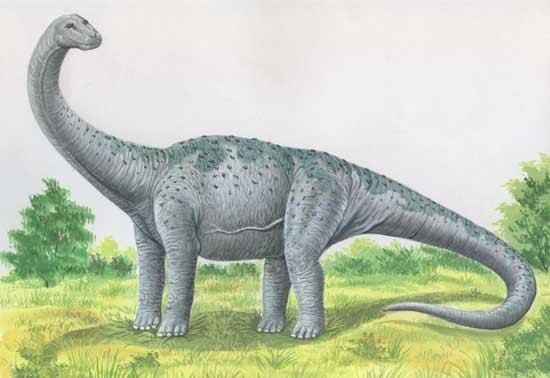 | ||
Similar Dinosaur, Sauropoda, Barapasaurus, Haplocanthosaurus, Ohmdenosaurus | ||
Kotasaurus (/ˌkoʊtəˈsɔːrəs/ KOH-tə-SAWR-əs; meaning "Kota Formation lizard") is a genus of sauropod dinosaur from the Early Jurassic period (Sinemurian–Pliensbachian). The only known species is Kotasaurus yamanpalliensis. It was discovered in the Kota Formation of Telangana, India and shared its habitat with the related Barapasaurus. So far the remains of at least 12 individuals are known. The greater part of the skeleton is known, but the skull is missing, with the exception of two teeth. Like all sauropods, it was a large, quadrupedal herbivore with long neck and tail.
Contents
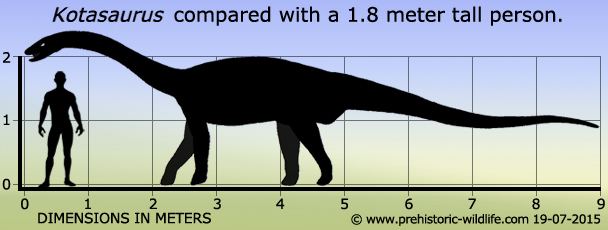
Description
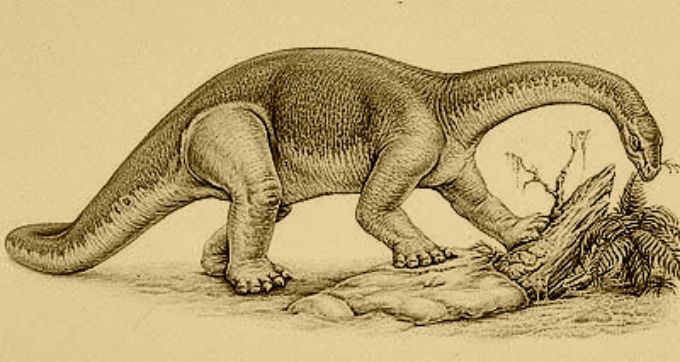
Kotasaurus is one of the most basal sauropods known. The general body plan was that of a typical sauropod, but in several basal (plesiomorphic) features it resembles prosauropods. Like all sauropods, Kotasaurus was an obligate quadruped, while prosauropods were primitively bipedal. The body length is estimated at roughly 9 meters and therefore already comparable with that of later sauropods. The femur was straight and oval in cross section, which means that the limbs were already columnar. The teeth were spoon shaped, like those of later sauropods. Basal features, on the other hand, include the relatively short and slightly twisted humerus, as well as the retention of a lesser trochanter on the femur. The vertebrae were simply built and massive, in contrast to that of the related Barapasaurus, which already show some hollowing as a weight-saving measure.
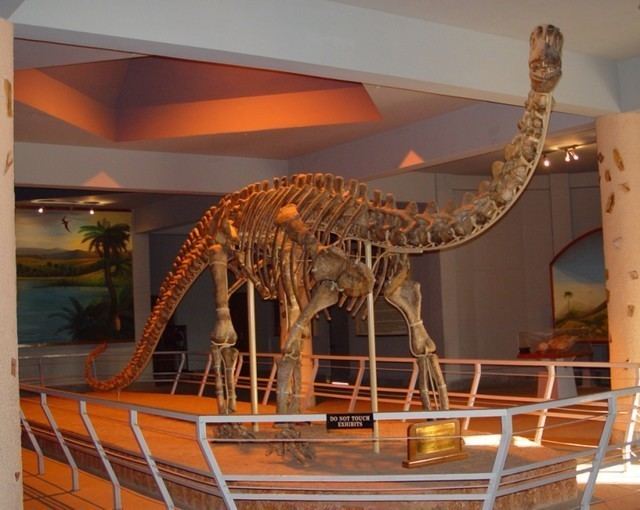
Autapomorphies (newly acquired features) include the relatively slender limb bones as well as the low and elongated preacetabular process (the forward-pointing process of the ilium).
Classification
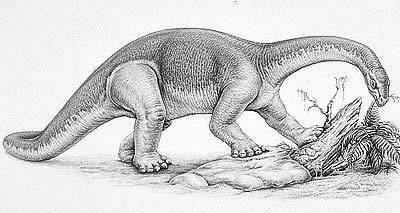
Initially, it was not clear if Kotasaurus represents a true sauropod or a basal sauropodomorph that has to be classified outside Sauropoda. Some paleontologists placed it inside a basal sauropod family called Vulcanodontidae though, together with Barapasaurus and the fragmentary Ohmdenosaurus and Zizhongosaurus. This grouping is now recognized to be paraphyletic.
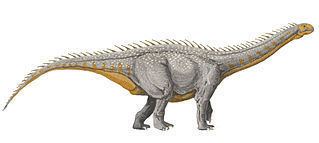
Today Kotasaurus is recognized as one of the most basal sauropods known. The exact relationships are not entirely clear, however. A recent study by Bandyopadhyay and colleagues (2011) renders Kotasaurus to be more basal than Barapasaurus and Vulcanodon but more derived than Jingshanosaurus, Antetonitrus and Chinshakiangosaurus.
Discovery
All known fossils come from an area of 2,4 km² near the village of Yamanpalli in Telangana, approximately 40 km north of the Barapasaurus type locality. These finds, altogether 840 skeletal parts, were found in the late 1970s. In 1988 they were described by P. Yadagiri as a new genus and species of sauropod, Kotasaurus yamanpalliensis.
